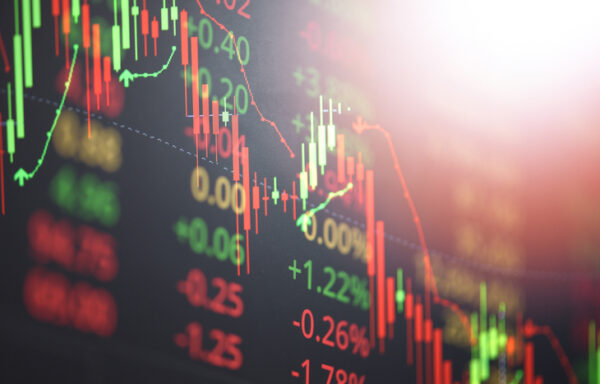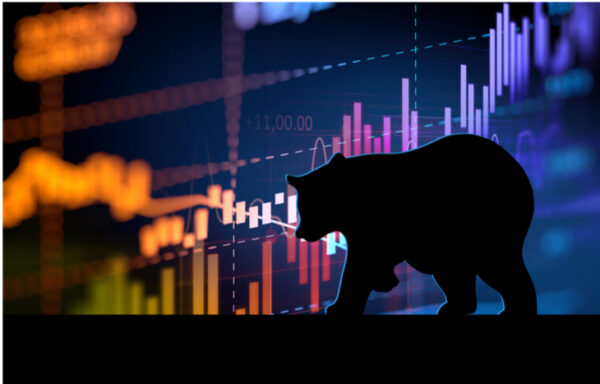3 Reasons to Be Bullish on THIS Market
Cue Rita Coolidge and the theme song from Octopussy.
U.S. stocks hit a series of their own “all-time highs” last week, and they seem poised to continue higher in the near term.
A number of things have stirred the animal spirits on Wall Street, including…
1. The Fed
You might not like what the Fed is doing. I could argue there was no need for the recent round of rate cuts, especially with the unemployment rate so low.
But the phrase “don’t fight the Fed” is a cliché for a reason.
The Fed’s October rate cut was its third since June. When the Fed previously cut rates 25 basis points at three consecutive meetings in 1975, 1996 and 1998, the S&P 500 was up more than 10% six months later and 20% a year later, according to LPL Financial.
In short: Cheap money is the mother’s milk of a bull market.
2. New Deals
It hasn’t gotten a ton of attention amid the hoopla over Disney Plus and the Dow’s string of records, but there have been a number of deals and potential deals announced in recent weeks.
These include:
- Google’s parent company, Alphabet (Nasdaq: GOOGL), announced it is acquiring Fitbit (NYSE: FIT) for $2.1 billion.
- Backed by Carl Icahn, Xerox (NYSE: XRX) is bidding to acquire Hewlett-Packard (NYSE: HPQ).
- Walgreens Boots Alliance (Nasdaq: WBA) was reportedly approached by the equity firm KKR (NYSE: KKR) to go private.
- The Federal Communications Commission finally approved the merger of Sprint (NYSE: S) and T-Mobile (Nasdaq: TMUS).
- Carbonite (Nasdaq: CARB) agreed to a $1.4 billion takeover bid from OpenText (Nasdaq: OTEX).
There’s nothing like mergers and buyouts to get Wall Street’s animal spirits moving. Deals like these have a multipronged impact.
First, most deals result in a big boost for the stock of the company being acquired. The investors who owned Fitbit and Carbonite, for example, just got an early Christmas present.
That makes those folks happy and more likely to put money back in the market.
The deals also give hope to those holding other stocks that a big buyout might be coming for them too.
The result: Everybody is feeling good.
Second, deals result in big payouts for the investment bankers – the big moneymakers on Wall Street. When the deals (and IPOs) are flowing, that’s good for the collective psyche of these dealmakers and rainmakers.
More importantly, the deals are good for the bottom line of the big Wall Street firms like JPMorgan Chase (NYSE: JPM) and Goldman Sachs (NYSE: GS).
Notably, financial stocks have been the S&P 500’s best-performing sector in the past month. People who work in the industry always feel better when the financial sector is going well. Again, the result is a rising tide of good cheer.
Third, mergers and acquisitions, stock buybacks and firms going private all reduce the supply of stock in the market.
Thanks to these events (and stricter regulations), the number of publicly traded companies in the U.S. has fallen more than 50% since 1996, according to the St. Louis Fed.
The law of supply and demand applies to the stock market: If supply is falling and demand remains the same, prices will go up. If supply falls and demand rises, prices will go up A LOT.
Side note: The failure of WeWork’s planned IPO was a bullish, not a bearish, development.
First, it kept that particular supply of money-losing stock from hitting the market. It also showed that there are limits to investors’ appetites.
In other words, we’re not in an “anything goes” environment like we had in the late ‘90s dot-com bubble.
(Was that really 20 years ago already? Time flies…)
3. Recession Fears Are Fading
In late summer, the market was freaking out about the inversion of the yield curve. It’s a rare occurrence when yields on short-term Treasury bills are higher than those on long-term bonds.
Inverted yield curves have historically come before the start of a recession. That was the situation in August and September.
But long-term rates have risen in recent weeks, thanks in part to the Fed’s actions. While still flat, the yield curve is no longer inverted.
At the same time, a number of economic indicators – including the October jobs report and consumer spending data – have quieted fears about a recession.
The probability of a recession in 2020 fell to 25% from 35% last month, according to a recent Reuters poll of economists.
A separate poll of fund managers showed the biggest ever month-over-month rise in expectations for global growth, rising 40% in November.
(Remember, these are “professional” money managers. If their outlook for the economy shifts so dramatically, they will invest accordingly.)
In other words, everybody into the pool!
Embrace the Bull
There are other factors, of course, and there are plenty of things to be worried about. But these three factors go a long way toward explaining why the market is feeling its oats heading into the end of 2019.
In a future column, I’ll explain why, rather than being “long in the tooth” as conventional wisdom suggests, this bull market might be just getting started.
Until then, I’d love to know what’s on your mind. Please chime in on the comments section below.
[adzerk-get-ad zone="245143" size="4"]About Aaron Task
Aaron is an expert writer and researcher who formerly served as editor-in-chief at Yahoo Finance, digital editor of Fortune, and executive editor and San Francisco bureau chief of TheStreet. You may have also seen him as a guest on CNBC, CBS This Morning, Fox Business, ABC News and other outlets.
A prolific writer and commentator, Aaron is the former host of Yahoo Finance’s video program The Daily Ticker. He has also hosted podcasts for Fortune (Fortune Unfiltered) and TheStreet (The Real Story). His latest on-air passion project, Seeking Alpha’s highly rated Alpha Trader podcast, features top Wall Street experts dissecting the market’s latest news and previewing significant upcoming events. He also regularly provides analysis for the free e-letter Wealthy Retirement, which we will be republishing here on Investment U.






